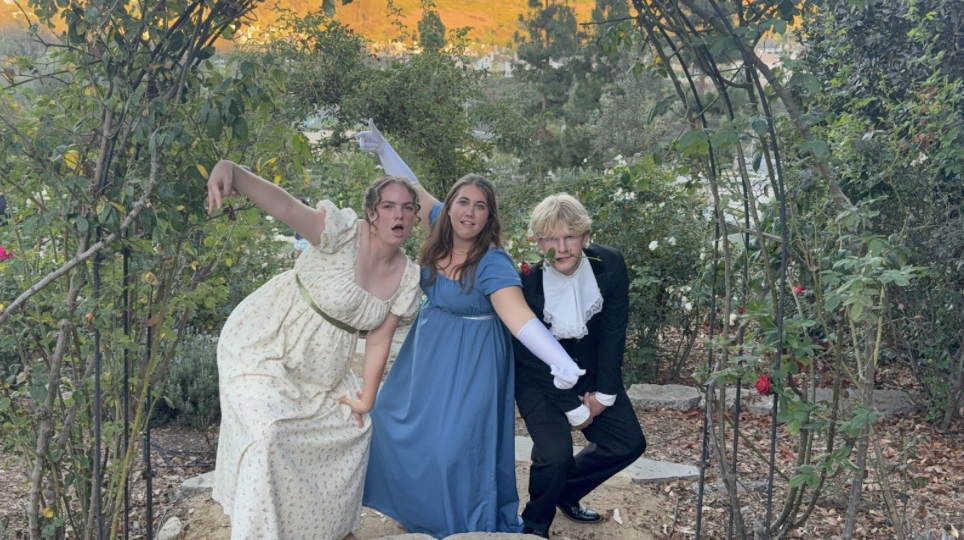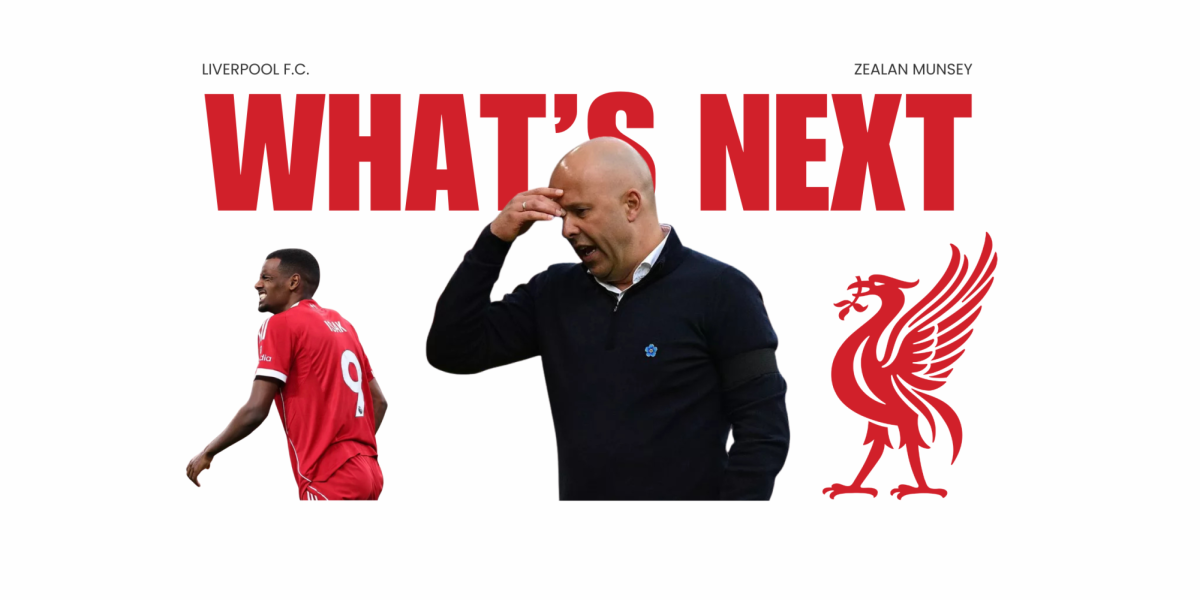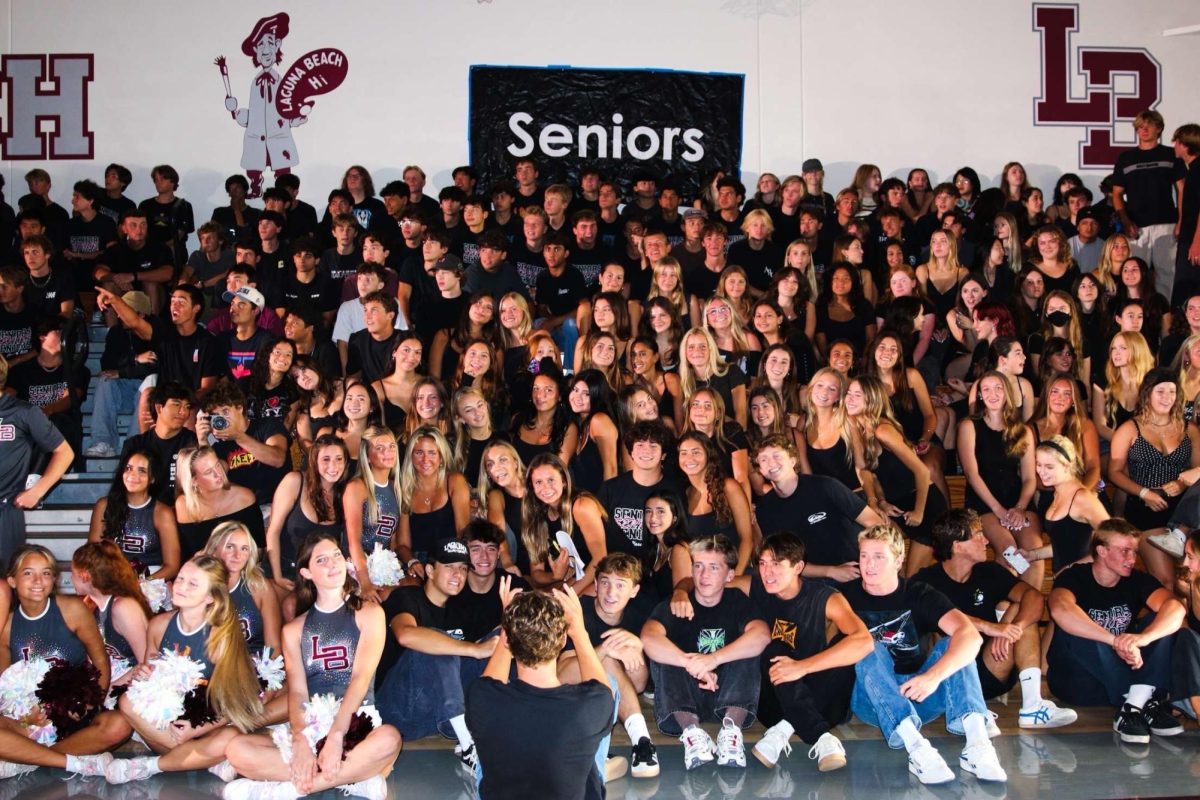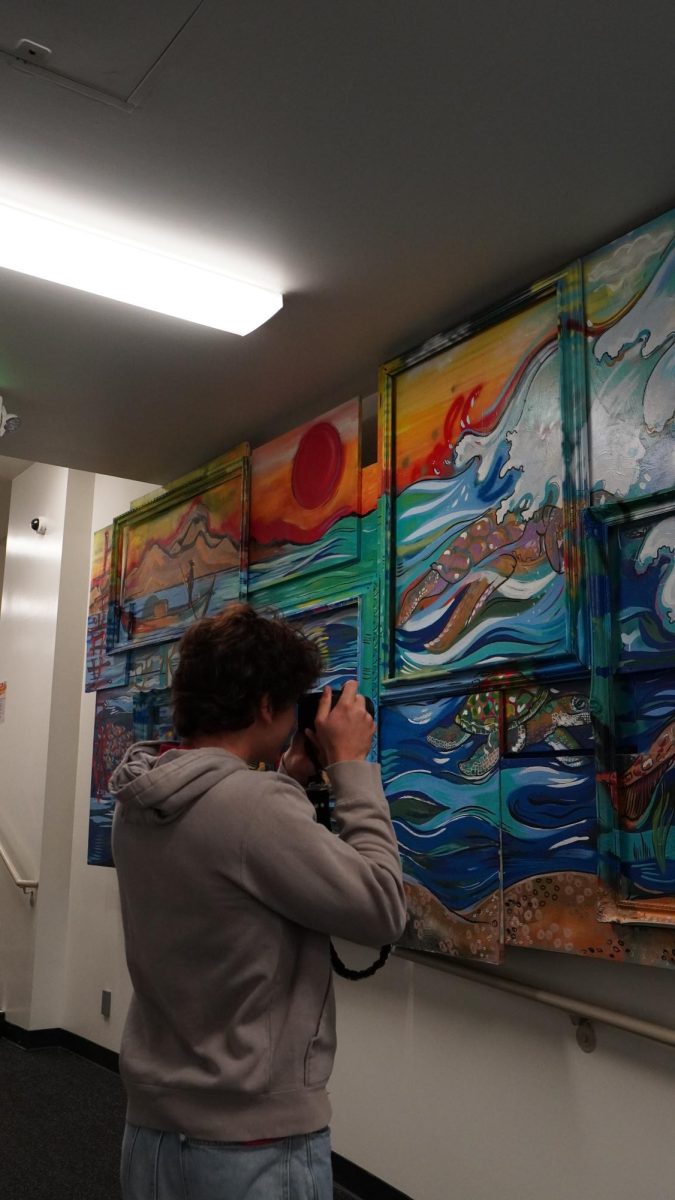Ryan Coogler’s Sinners hit a higher notch in a world of magnificent movies. The esteemed director’s fifth film once again featured Michael B. Jordan. Together, they deliver an action horror that will leave you breathless and full of questions when the final credits roll on. Yet unlike Coogler’s previous masterpieces, Sinners does not just entertain you; it disturbs you, provokes your thoughts, and has you whipping out Google on the way home to settle the swirling insights.
Creating a career-best is hard when your catalog includes the nonfictional Fruitvale Station, Creed, and the two Black Panther pictures. However, it seems an original concept was all it took to top Coogler’s glamorous collection.
Set in the Jim Crow-era Mississippi Delta, twins Smoke and Stack (both played by Jordan) return to their home hoping to set up a juke joint for the Black community. The film begins essentially setting the scene. The brothers invite locals, gather supplies, and purchase a property. Coogler’s master storytelling is shown as he meticulously and brilliantly sets all the pieces in motion, with the events of the film unfolding in a single day. The brothers recruit their younger cousin, Sammie (played by Miles Caton), the son of a preacher and a prodigy on the guitar.
As the men recruit other musicians and community members to show up, we see the reunion of Smoke and his estranged wife, Annie, as well as a fiery run-in between Stack and his ex-girlfriend, Mary, whom he left with a white husband when he and Smoke went off to WWI in Germany. Mary’s identity as being white-passing with around ⅛ of African-American heritage and her connection with the Black community through the twins sets up a fascinating tale, especially as her role expands during the vampire events later in the film.
The main vampire is Rimmick, an Irish man who starts off the chaos by converting two Klan members into vampire brethren. He appears to hope to start one big family, including the Black community, in which they can live forever and be free of oppression and pain. Citing his backstory with the British forcing him and his family into their way of life, Coogler introduces a new dynamic: an oppressed person who becomes the oppressor through extreme measures that make sense to the person. Overarching his Irishness and the parallels between his culture and story and the Black community, his whiteness raises the point of cultural appropriation. Rimmick wants Sammie’s musical gifts. His abilities conjure musical spirits of past, present, and future, and it appears Rimmick wants to see his old Irishmen again. However, his extreme means, robbing the people of their Blackness, does not justify his ends. The party shows how much music, in all its forms, matters to the Black community and was often created by them.
The event stands as a symbol of the closeness of the Black people and how they have to protect themselves from the robbery and assimilation of their culture. The line between possession and liberation becomes blurred, and the community asks: is eternal life and safety worth losing their culture?
Music is the soul that brings Sinners to life, and Ludwig Göransson‘s composition gives it a heartbeat that you feel in your bones. With an eerie tone throughout the film and those ebbing and flowing Delta blues, you almost want to close your eyes and take in Göransson’s concert of symphonies. A longtime collaborator of Coogler – the two first met at a pool table during their time at USC – Göransson fits the theme just like he did in Oppenheimer and Black Panther, where both scores earned him Academy Awards. Yes, this Swede knows the blues.
Regarding incorporating vampires into the tale, Coogler cited the vampire as Gothic lore’s most tempting, deceiving, and seductive myth. It made the call to join the party of “fellowship and love” outside of the juke joint more compelling to the Black partygoers. It’s no secret that the South has often been tied to Gothic mythology, with the pains of slavery and oppression forming the beautiful genre of the Blues. Evil spirits and the devil are mentioned as physical manifestations of the experience of the enslaved Black community even after horrendous segregation.
With an outstanding opening weekend, Sinners garnered approximately 61 million dollars, with around 25 million more coming in during its sophomore stretch, thus matching its 90 million dollar budget almost instantly. Most impressively, the movie was shot with 70 mm IMAX film. It has around three times the resolution as your standard film, with a broader frame and impeccable imaging. With only 19 theatres in the United States capable of projecting this high-end film, I was lucky enough to see the format Coogler himself said the film was intended for at the Irvine Spectrum.
The formatting transitioned smoothly; between your typical rectangular to filling up the entire square-like screen to thrust you into the events and emotions. The coloring made the Sinners universe feel even more real than the one we reside in, and you just wanted to jump onto the screen to feel those mind-bending tunes (well, maybe if you nix the blood-thirsty vamps).
Every frame holds meaning in Sinners, with every comment holding tremendous weight. If I had to pinpoint one line that struck me, it was the one that has adorned many of the movie’s posters, spoken by Sammie’s preacher father: “Keep dancing with the devil, and one day he’ll follow you home.” As stated in regards to Sammie headed off for the day with his cousins to pursue his musical ambitions, it is a warning for when the supernatural and immense emotions are invoked. Music has long pulled the deepest parts of the soul into the air, and as the movie says on numerous occasions, that attracts both good and evil; protect what you are and what you hold.
It is such a thematic piece of brilliance that the 70 mm IMAX experience was my second time watching Sinners, having gone exactly a week before a standard showing the day after its release on Good Friday (April 18, 2025). Once I heard from interviews with Coogler that you HAD to see the movie in the way he intended it and that it would boost the experience tenfold, I had to drag my father down to the Spectrum. After all, with new films on the horizon, Sinners will only be available in its intended 70 mm format for about another week or so. That being said, and only so many American theatres boasting the projection, get out to the nearest theatre before it’s gone forever. I will say that I gave the film a 5/5 on Letterboxd with its standard format, but the IMAX version made me want to file a complaint to provide it with a 6/5.
If this was too long and you didn’t read (shame on you, and I hope a vamp gets you), you’re missing history, a movie that reminds you why you love films and the theater. Bring a friend, bring your significant other (warning: this movie does have Michael B. Jordan), get a suspected vampire if you’re looking for the Rimmick party signup, and bring your mind ready to analyze and absorb. Just don’t miss it.
















chloe | Apr 28, 2025 at 10:18 am
Wow, what an amazing article, definitely on my watch list!